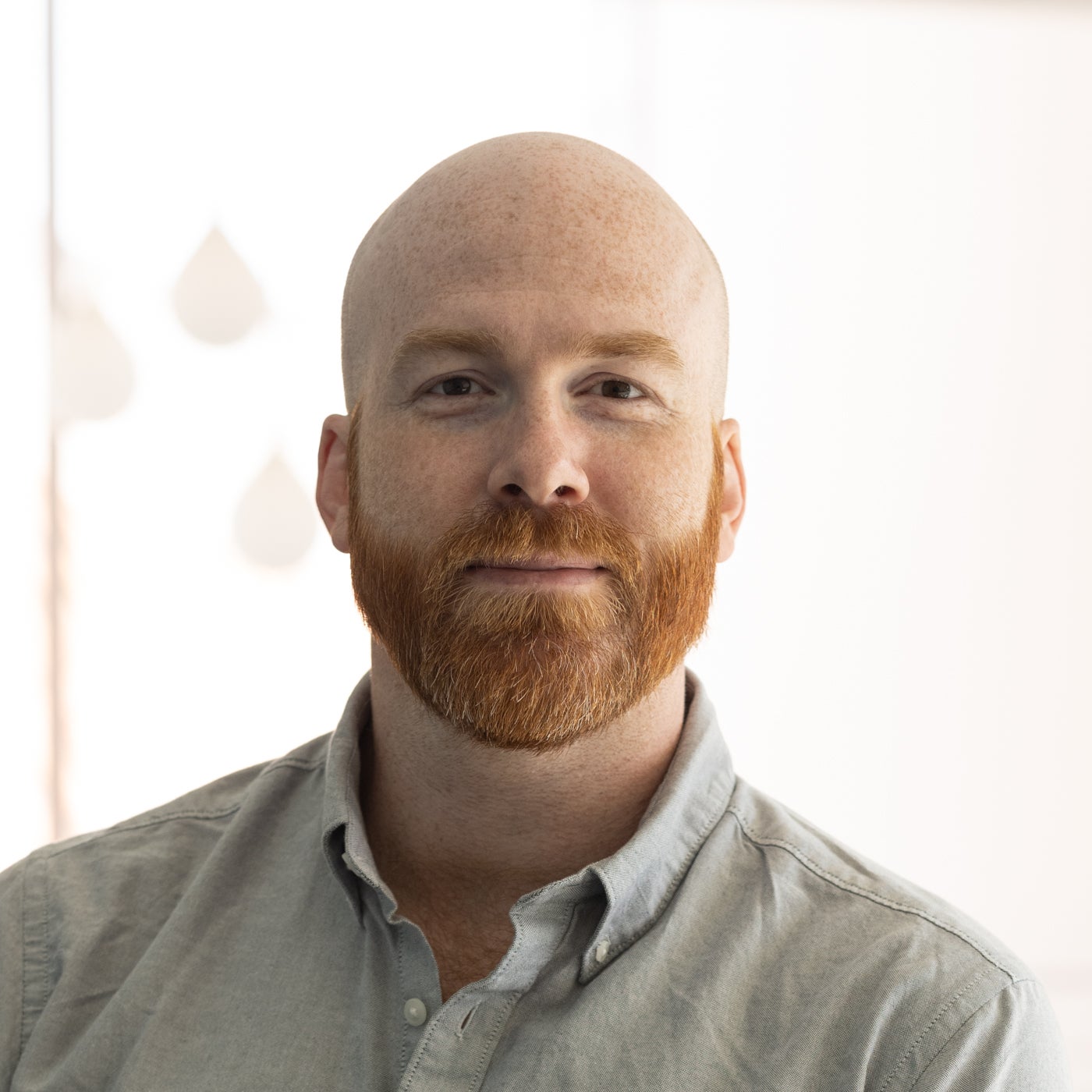Andrew D. Weems
- Assistant Professor
- Molecular Biosciences
- Interdisciplinary Life Sciences Graduate Programs
Actively recruiting:
- Graduate Students
- Postdocs

Contact Information
Biography
Dr. Weems earned his B.S. in Biology from Texas State University in 2011, where he studied neural regeneration and injury-induced stem cell niche creation as an undergraduate researcher under Dr. Joseph Koke. He then moved to Denver and the University of Colorado's Anschutz Medical Campus to pursue his Ph.D. in Cell Biology with Dr Michael McMurray, graduating in 2017. There, he focused on understanding the molecular processes underpinning the assembly and regulation of the septin cytoskeleton, mapping for the first time the stepwise pathway of septin complex assembly. Before joining the faculty of UT, he served as a Jane Coffin Childs Postdoctoral Fellow in the Lab of Gaudenz Danuser at UT Southwestern Medical Center in Dallas, where he used subcellular-resolution lightsheet imaging and computer vision-aided quantitative microscopy to explore how cell morphological changes induce and control cell signaling. This work resulted in the discovery of Bleb Signaling, a novel signaling pathway regulating cancer cell survival. He started his lab in the UT Department of Molecular Biosciences in 2024 to explore the anti-cancer therapeutic targets presented by Bleb Signaling, how it contributes to cancer disease progression and metastasis, and to explore the roles and functions of this novel signaling pathway in normal cellular physiology.
Research
As a lab, we are interested in the role cell morphology plays in signal transduction, and in understanding the ways cells manipulate their shapes as a means of altering signaling towards specific cell fates. Decades of study have revealed ornate control systems that allow cells to dynamically alter their shape in response to intrinsic and extrinsic stimuli, but far less thought and work has been committed towards discovering how these morphological changes in turn influence downstream signaling. Cell shape is clearly influenced by cell signaling, but how is cell signaling influenced by cell shape? And perhaps more importantly, what specific systems have evolved to regulate and make use of these causal relationships? Dr. Weems’ research group pursues questions centered around this theme by applying advanced subcellular resolution lightsheet microscopy, computer vision-aided analysis of quantitative 3D imaging, hypothesis-driven experimentation, and a commitment to building and maintaining long-term cross-disciplinary collaborations based on shared curiosity and mutual respect. Employing these approaches has led to the discovery of “bleb signaling”, an entirely novel signaling pathway necessary for cancer cell survival that is activated by specific cell surface topographies generated through the execution of an evolutionarily conserved morphological program.
Pronounced shifts in cellular morphology have long been associated with malignancy and oncogenesis, with the amoeboid cancer cell morphotype being of great and increasing interest due to its association with aggressive metastatic behavior. The surfaces of these amoeboid cancer cells are densely decorated with blebs – round dynamic protrusions of the plasma membrane. Though blebs are widely recognized as one of the primary characteristics defining amoeboid cells, they were thought to have minimal impact on cell behavior beyond altering motility. Dr. Weems' work significantly expanded this understanding, showing that blebs can initiate the formation of potent signaling hubs, with bleb-generated plasma membrane curvature activating the assembly of curvature-sensing septin scaffolds that organize plasma membrane-bound signaling factors towards the upregulation of downstream signals. Without blebs or the septin structures they assemble, cancer cells are incapable of anchorage-free survival – a necessity for metastasis due to the loss of attachment cells experience as they migrate away from the primary tumor. This is an especially intriguing mechanism, as the signaling seems to be specifically achieved through the activity of the septin cytoskeleton, making this molecular bottleneck an attractive vulnerability for therapeutic targeting. Indeed, more translationally oriented experiments following up on our initial cell biological studies show that not only do cancer cells form these same bleb-generated septin hubs in both murine cancer models and clinical samples of human cancer, but that pharmacological inhibition of septins effectively targets and disrupts these hubs, leading to cell death in both the primary tumor and distant metastases. The Weems Lab expands this investigation of bleb signaling towards understanding its functions in normal physiology with an initial focus on stem cell fate determination, while continuing to pursue questions surrounding its role in cancer disease progression.
Fields of Interest
- Cell and Developmental Biology
- Molecular Biology, Genetics & Genomics
- Optical Imaging
- Image Analysis
- Stem Cells and Regenerative Biology
Education
- B.S. in Biology, Texas State University
- Ph.D. in Cell Biology, University of Colorado's Anschutz Medical Campus
- Jane Coffin Childs Postdoctoral Fellow, UT Southwestern Medical Center
Publications
For a full publication list, please see Google Scholar
Awards
- 2024 CPRIT Scholar in Cancer Research, Cancer Prevention and Research Institute of Texas
- 2019 Jane Coffin Childs Postdoctoral Fellow
